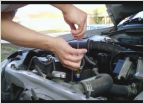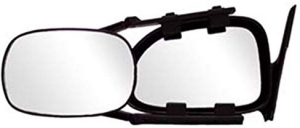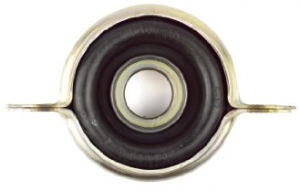-
Welcome to Tacoma World!
You are currently viewing as a guest! To get full-access, you need to register for a FREE account.
As a registered member, you’ll be able to:- Participate in all Tacoma discussion topics
- Communicate privately with other Tacoma owners from around the world
- Post your own photos in our Members Gallery
- Access all special features of the site
Hmm... why an inline breaker in aux fuse block installs?
Discussion in '2nd Gen. Tacomas (2005-2015)' started by iroc409, Sep 19, 2011.


 TPMS sensors
TPMS sensors Windshield fogging
Windshield fogging 2009 A/C
2009 A/C P0420/P0430 caused by exhaust leak?
P0420/P0430 caused by exhaust leak? Power cables from cab to bed
Power cables from cab to bed









































































